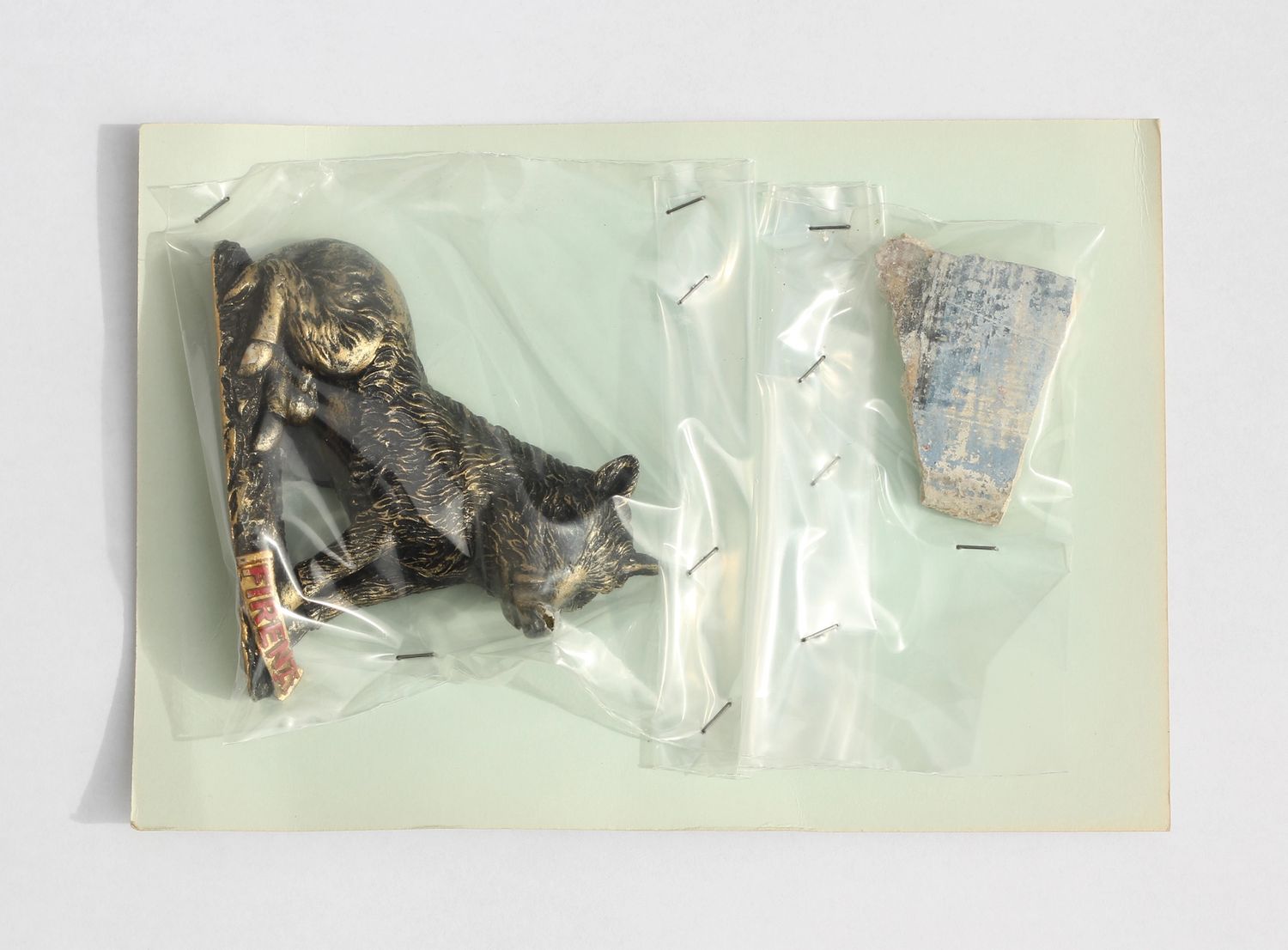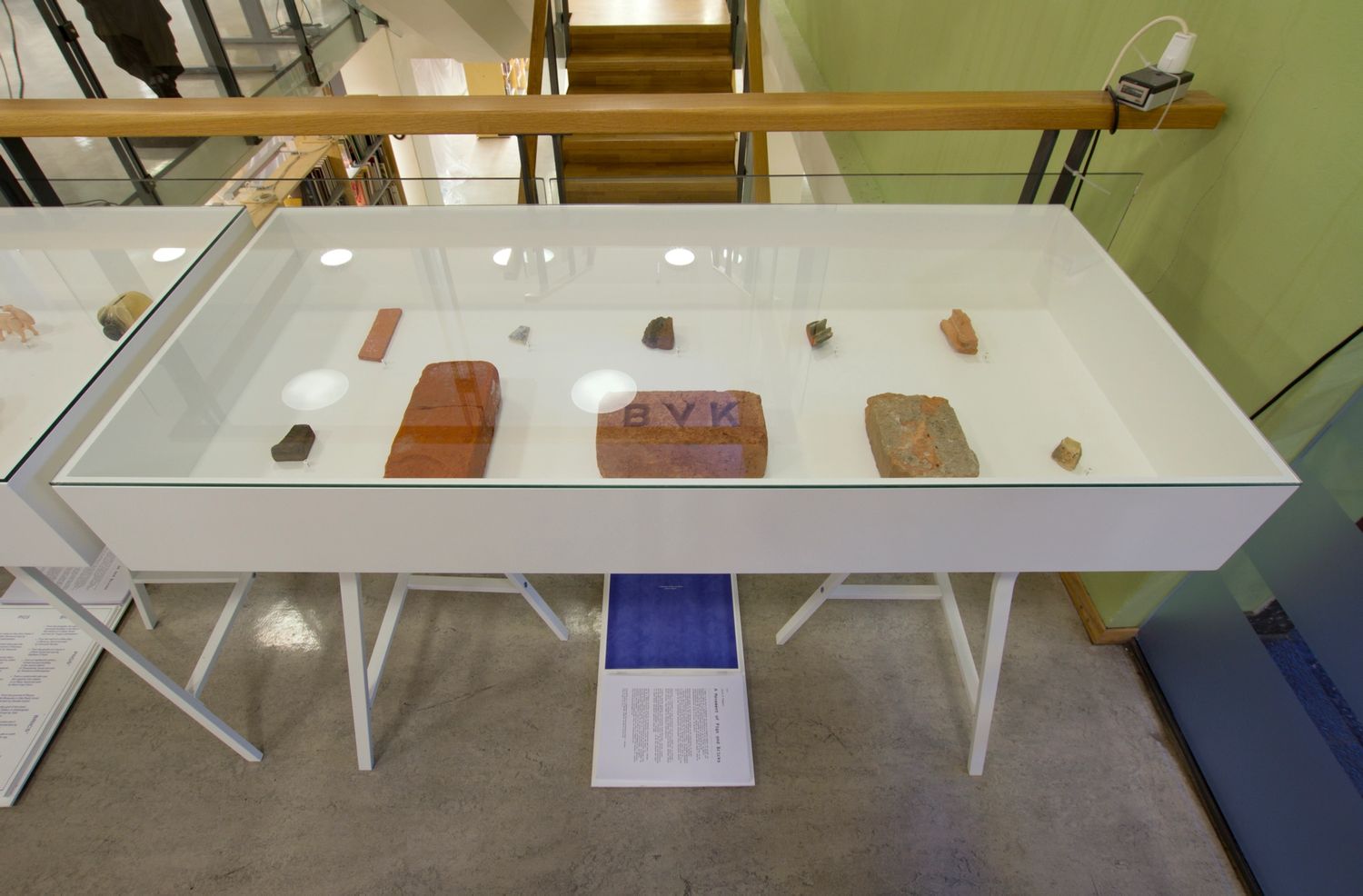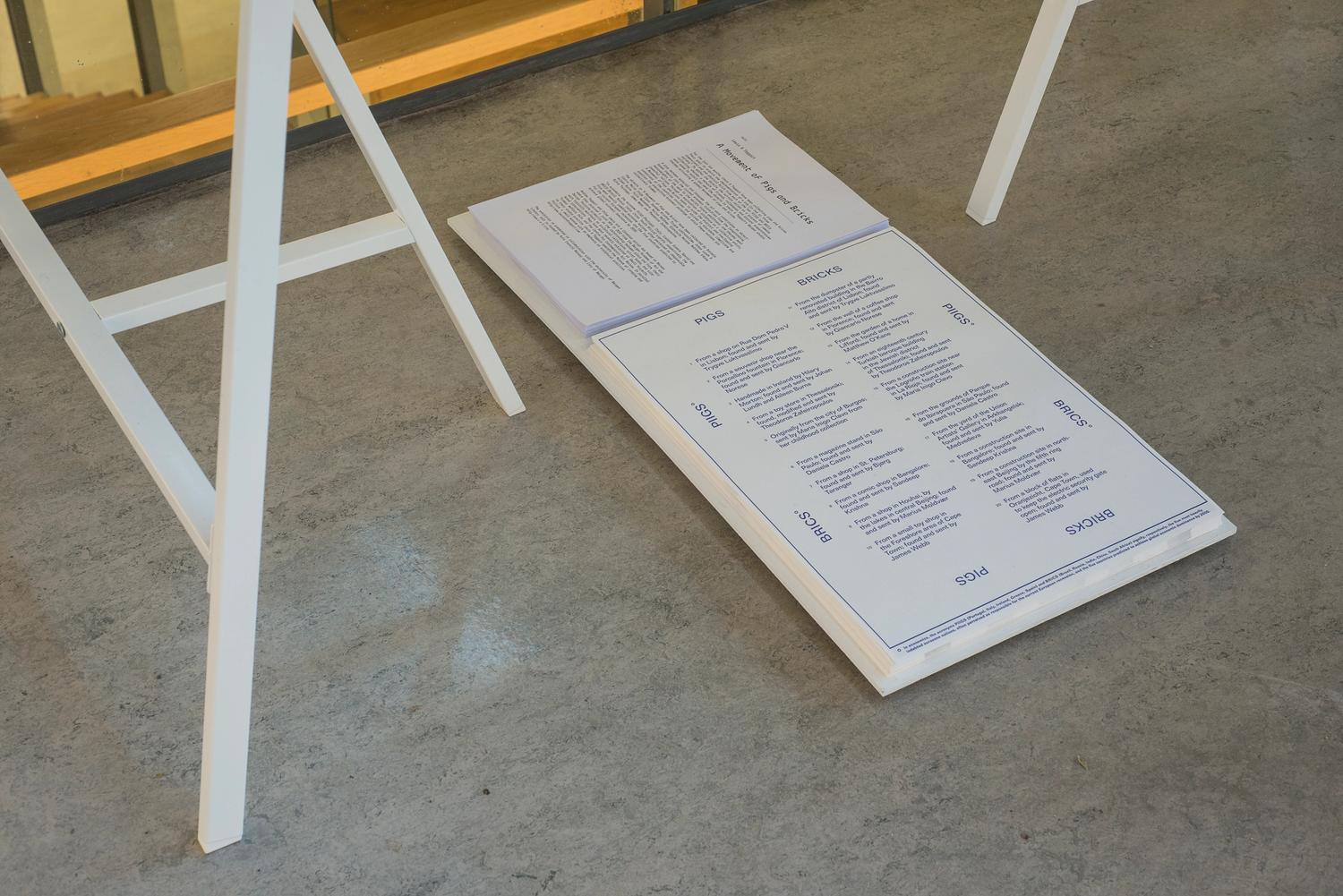For the last ten months, Lewis & Taggart have been collecting pigs and bricks. Their goal: to acquire one representation of a pig (in two or three dimensions) and one physical brick from each of the ten PIIGS and BRICS nations*. To gather the objects, the artists relied on a process of remote collecting, whereby a network of friends, colleagues and distant acquaintances were asked to select and send the objects to Lewis & Taggart's Bergen studio, thereby activating a global movement of pigs and bricks.
A play between material and language, the art work constitutes an object-based inquiry into the current economic transition from the longstanding heavyweights of the west to the world's future wealthiest, and thereby most powerful, nations. Through an exploration of sculpture as a collective entity, A Movement of Pigs and Bricks seeks to probe the distinct and overlapping conditions of the countries involved, and strives to elucidate, complicate and question the overarching economic paradigm in which these nations are collectively framed.
The objects in A Movement of Pigs and Bricks have been collected by Daniela Castro, Maria Inigo Clavo, Sandeep Krishna, Trygve Luktvasslimo, Johan Lundh & Aileen Burns, Yulia Medvedeva, Marius Moldvær, Giancarlo Norese, Matthew O'Kane, Bjørg Taranger, James Webb, and Theodoros Zafeiropoulos.
*In economics, the acronyms PIIGS (Portugal, Italy, Ireland, Greece, Spain) and BRICS (Brazil, Russia, India, China, South Africa) signify, respectively, the five most heavily indebted eurozone nations, often perceived as responsible for the current European recession, and the five countries predicted to achieve global economic dominance by 2050.













